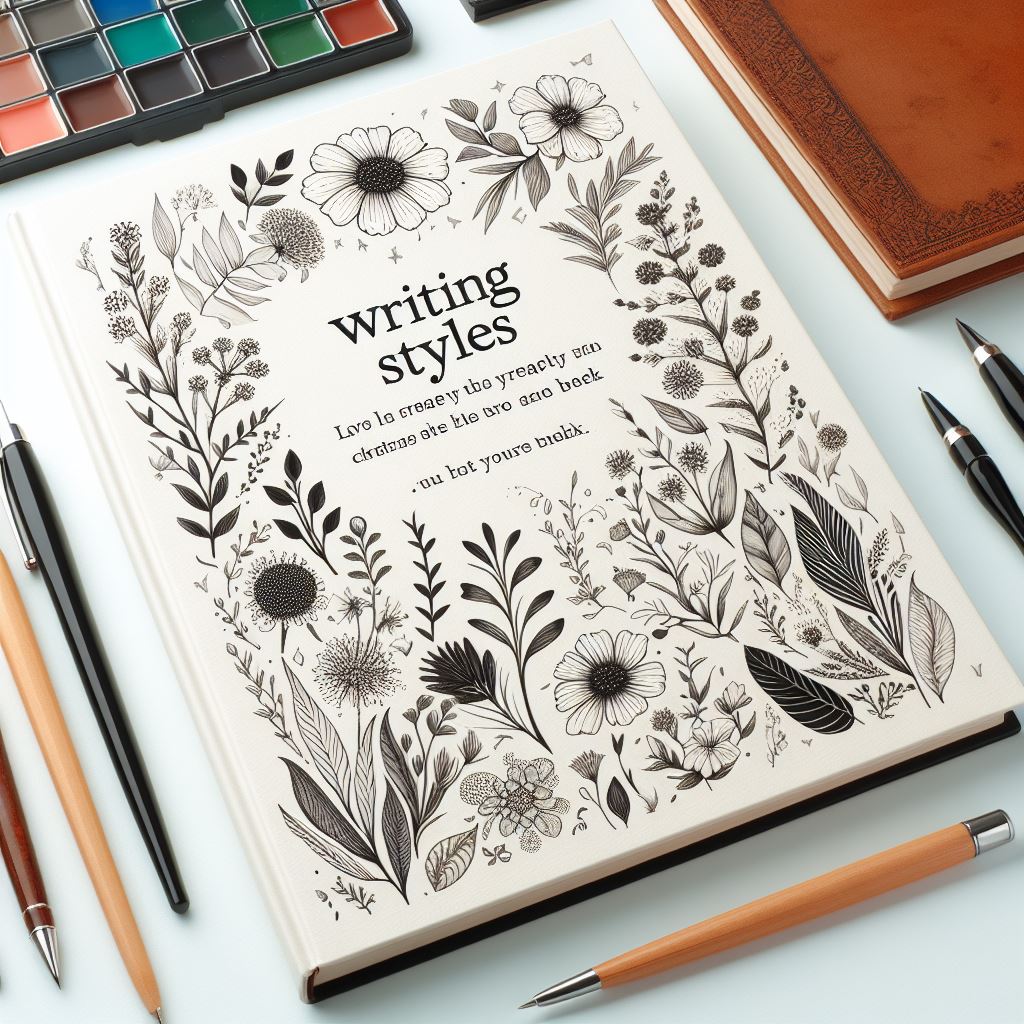Nothing else helps you master the art of crafting a captivating narrative more than knowing the different types of hooks in writing and mastering how to use them.
Writing is a whole lot, but what makes it worth your time is getting your readers to start and keep reading. If not, the time you spend on writing will be a total waste.
Before you employ a hook in an essay or any writing, you must answer some questions to ensure you are on track. Hooks are powerful tools in writing, but they only shine when you use them correctly.
In this article, I will list the different types of hooks, provide examples, and show you how to use them to write great content. I will explain where to use them, and after reading, you’ll be sure to ‘hook’ your readers and never go stale again.
But first, let me start from the top and explain what a hook is.
What is a hook in writing?
For a better understanding, a hook is simply the first sentence of your introduction that is meant to arouse interest or curiosity.
I bet you’ve encountered a write-up that stopped you short on your track, and instead of scrolling past, you decided to read on and know what’s up with this information. Now, that was a hook that stopped you.
A hook is precisely what it is: to get you to stop and pay attention. Just like in writing, it is so in music, fishing, and any other place a hook is used.
Hooks in writing get you to look and stay.
Let me make something clear: a hook is different from a topic sentence. You do not have to get confused because they serve separate purposes in writing. Let us look at how they are different.
Also Read: The power of storytelling in blog writing for impact
Is a hook the same as a topic sentence in writing?
As we saw up there, you can find a hook in the first line of a sentence with the intention to spark interest in the reader’s mind. This is not what a topic sentence achieves, though you can also find it in the first paragraph.
A topic sentence explains and supports the point you are trying to make in your paragraph. Here are some examples.
“ Can you believe that blueberries are the worst fruits for your health? ”
Even someone who is not searching for health answers will stop and say, ‘Hey, what did you just say?’ That’s a hook right there.
An example of a topic sentence.
“There are many reasons why Amazon is the best platform for publishing your books.” The topic here is ‘Amazon is the best platform for publishing your books.’ While you will go on to expand on the reasons.
Now that you can differentiate between a hook and a topic sentence, let us move on. It would make sense to fully understand where to use a hook so you can grab the attention you seek.
I will explain this further as we progress. Here are some popular hooks to use in writing.
Different types of hooks in writing
We have different types of hooks in writing, but we will look at about six types with their examples.
The Suspense hook
Using a suspense hook on your readers means you want to draw out their curiosity and emotions. Your readers will start feeling intrigued and tense, and want to know what happened next.
Say you’re an avid novel reader, you must have felt this way with some novels. Novel authors have mastered the art of using suspense hooks to keep you turning the pages till the last.
An author can decide to put a hook at the end of a chapter to get readers curious to know more. Therefore, a suspense hook may not necessarily be in the first line.
Suspense hook example to further explain it.
“ …In the middle of the beach party on Sunday night, the lights and music suddenly went off; when they came back on, Mary was missing. Where did she go? ”
Readers would want to know what happened to Mary from the minute she went missing. This is how to use a suspense hook.
The Question hook
A question hook starts with a question that sends readers racking their brains for answers and begging you to spill.
When using a question hook, ensure you answer the question to the best of your knowledge in the body of your writing.
Never leave your readers still guessing or confused after using a question hook to get them to read from you. This singular act may cause them to stop trusting you.
Let us look at an example of a question hook.
“ What is the best way to handle potty-training with your toddler?” Readers struggling to potty-train their toddlers will definitely stop to hear you out and get solutions from you.
The Quotation hook
The quotation hook comes in when you want to use a quote to start your writing or end it.
The thing is, you can’t just use any quote that comes to mind. The quote must align with what you’re trying to discuss, and ensure you throw in some explanations if the quote is not self-explanatory enough.
A quotation hook might be the quote of a well-known person in the industry, a philosopher, a famous person, or even your own quote. Just ensure it tallies with your topic.
An example of a quotation hook.
“ It’s not in our stars to hold our destiny but in ourselves. ” William Shakespeare.
Many motivational speakers make use of the quotation hook to thrill their audience.
Also Read: How to start Copywriting: A beginner’s guide to writing that sells
The Fact/Statistics hook
Writings that begin with statistics or fact hooks tend to serve as a form of verification or backup for an argument. Using a fact hook with your audience can build trust and demonstrate knowledge.
Here’s an example of a fact hook.
“According to UNESCO, about 2 billion people do not have access to safe drinking water.”
A fact hook can come in handy when writing a report or research.
The Descriptive hook
A descriptive hook is used when a narrator describes a place or an event. This hook plays well on the reader’s mind because it helps you create a scene that draws them in.
Storytellers know how to milk this hook for good, and it works every time.
See an example here.
“… Anna kept running barefoot on the cold, hard, concrete floor. The rain plastered her blue gown to her skin; she was shivering, but not because of the chilling breeze blowing down on her…”
I’m sure you would want to know what happened to Anna and why she was in such a situation.
The Anecdotal hook
Let’s say you want to use this anecdotal hook on your readers. Be ready to tell a short story in your opening, one that aligns with the topic you’re writing about.
It might be a true-life story or one you made up for your topic.
Let me use an example to clarify. You are writing about interior decoration and want to use the anecdotal hook, you can tell a short story like;
“It was just like yesterday that my mom decided to do a thorough makeover of our living room. The interior designer she hired to help her do the job used many inferior materials, making us learn some lessons the hard way…”
Everyone reading you will relax and wait for you to share the lessons you learned about interior design.
Now that you know the different types of hooks available, it’s time to understand how to choose a good one.
How to choose a good hook to grab your readers’ attention
At the beginning of this article, I mentioned that you need to answer some questions before using a hook. You don’t need to spend your entire day looking for the right hook.
So, here are the two most essential questions you must answer before using a hook.
Who is my audience?
Firstly, knowing the people you write for will help you to choose the type of hook to use. For example, it may not make sense to use a suspense hook for a religious audience except you’re very crafty with it.
Is this hook relevant or irrelevant to the topic?
When you figure out the answers to these questions, it will be easy to choose a hook.
When you have the right hook, is there anything to avoid while using it? Yes, please. Let’s see what to avoid.
What to avoid while using a hook
You must avoid making mistakes if you want your hook to carry that attention-grabbing effect. Let’s look at the things to avoid.
Avoid writing for yourself
You know your audience’s intellectual level and the information they can comfortably consume. Going for hooks that do not resonate with them will water down your effort.
Avoid using a hook that is too generic
Your goal is to grab attention, not make your audience flip past because they have seen and heard that a million times. Use unique hooks that will make them read or feel they missed out.
Not explaining your hook
Ensure you do not forget to explain your hooks when it is called for. You may only create more confusion if you fail to tell your audience what your hook means, and you will not get their attention.
Conclusion
If you read to this point, you can now understand the importance of hooks to your writing. Hooks are beneficial to you as a writer and also to your audience.
The best part is that you now know the different types of hooks in writing, and it is time to get your readers craving more. Before writing that hook, research and ensure you don’t say things that you can’t deliver on. Save this post to use as a hook checklist for better attention-grabbing writing.


